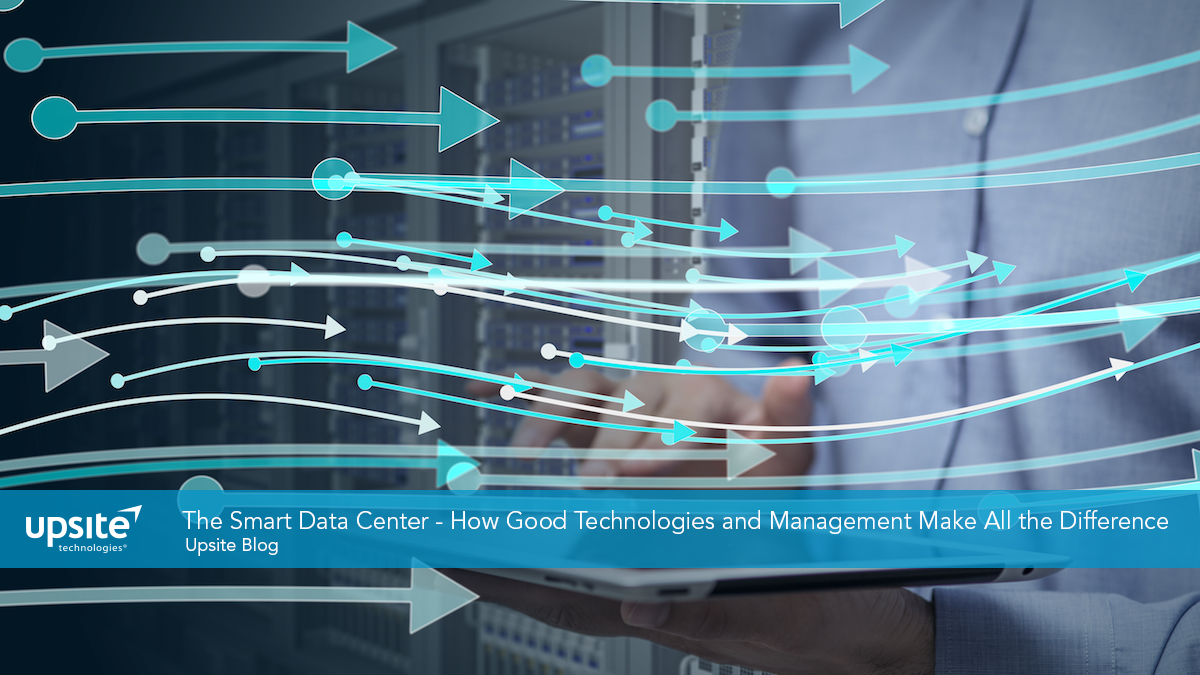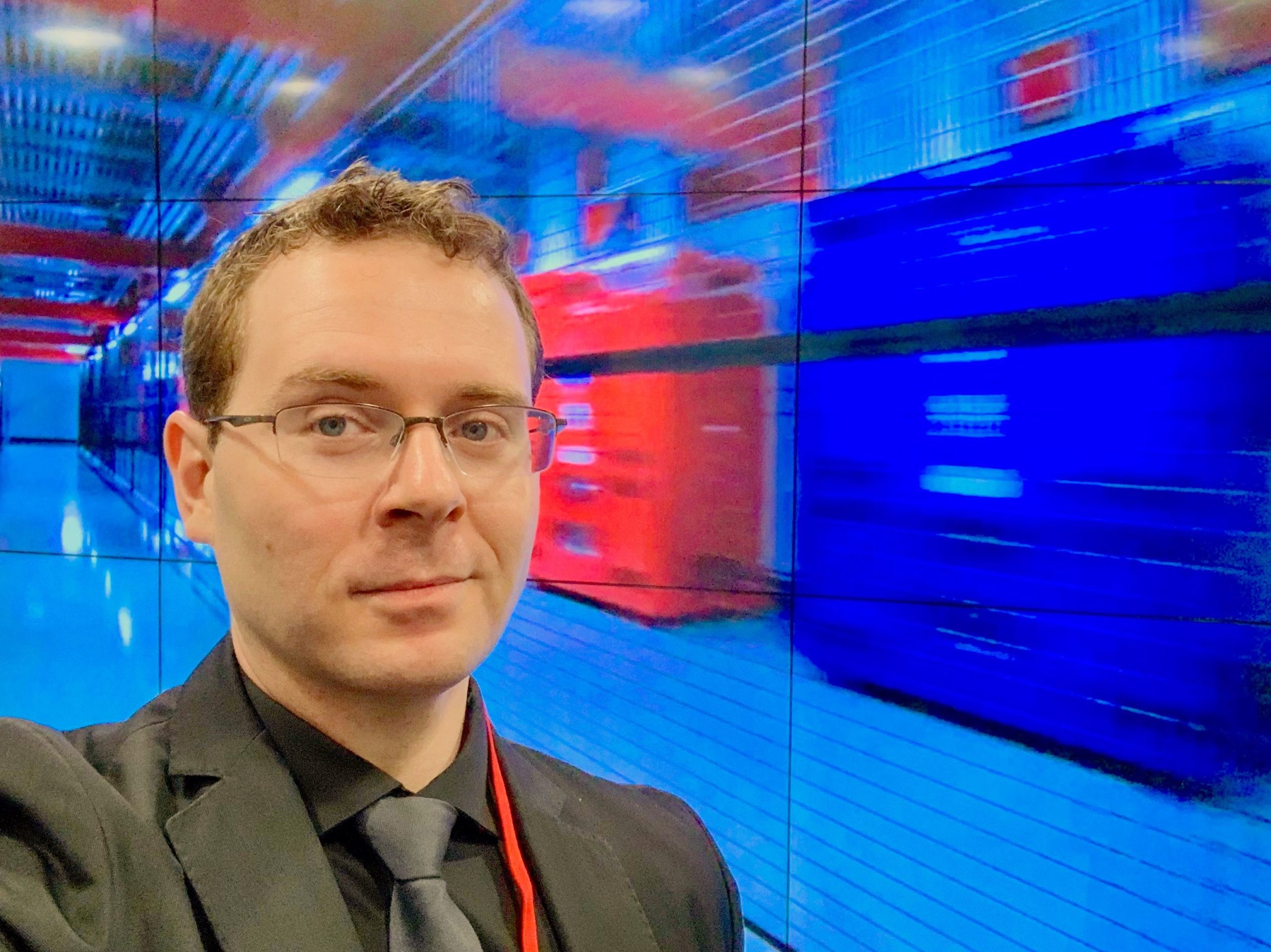The Smart Data Center – How Good Technologies and Management Make All the Difference13 min read

After attending the latest Data Center World Conference, I noticed an interesting trend; data centers are getting smarter. In fact, this is a trend we’re seeing in numerous different facets including IoT, smart sensors, and even machine learning within the data center. Today’s data centers are aiming to be as agile and competitive as possible. And, working with advanced and smart solutions can really make a great deal of difference.
“IT organizations will constantly be rebalancing three workload priorities: low latency, rapid resource delivery, and control,” noted Richard Villars, vice president, Datacenter and Cloud. “They will play the leading role in driving new thinking when it comes to the consumption of IT resources within existing datacenters, within service provider–operated facilities, and at increasingly ‘smart’ Edge locations where connected people and ‘smart’ things are concentrated.”
Furthermore, IDC predicts that by 2021, critical infrastructure in half of enterprise data centers will be operating autonomously while use of autonomous IT in intelligent edge locations will be even greater as organizations seek to link core and edge resources to support digital transformation initiatives.
Here’s another interesting note. From the latest AFCOM State of the Data Center Report, we found that the majority of respondents reported seeing IoT and Smart Sensors play a role in the data center, including 24% who currently deploy them, and an additional 19% who are investigating deployment.
To that extent, there are three core areas to focus on when working with a smarter data center:
- Efficiency is still key; and won’t work without good integration. The environmental variables of the data center aren’t going anywhere. In fact, we still need to focus on power, cooling, and things like airflow. The biggest difference today is that we have smarter sensors and better integration with DCIM systems. Look for solutions that not only help you with airflow and power management, but also integrate new solutions like machine learning and DCIM. From there, you can start making better decisions for your overall data center health. In the world of smart data centers, data will be absolutely critical. These sensors and smart systems will be generating a lot of information. Integration with data center management and DCIM will allow you to make sense of this data and clearly illustrate what steps you need to take to integrate this information. Remember, we’re already seeing investment made into machine learning and DCIM. Aggregating smart sensors into DCIM data pools will give you better visibility into your overall data center operations.
- Sensors don’t replace people and good processes. This is an important point. Just because you have a sensor or smart sensor in place, doesn’t mean you can ‘set it and forget it.’ Data center environmental variables are more like a science—you’ll still need to be calibrate and test regularly. Keep sensors smart by testing their accuracy and ensure that they’re reporting the right data. To that extent, people are also a really important part of the process. Yes, sensors and smart systems can help automate a lot of processes; but it’s your people that’ll need to validate much of the data you’re receiving from your sensors. Furthermore, smart data center systems don’t replace people, they allow your staff to conduct IT and business functions which help increase the value of your data center and saves you time and money wasted on simple and mundane tasks.
- Align your business when making investments into a ‘smarter’ data center. As amazing as smart sensors and IoT in the data center might be; don’t just deploy these systems for the sake of it. Aligning with your business goals to ensure proper data center operations is important. Business stakeholders can help shed light on where your organization is headed, and help with future decisions regarding more edge location possibilities and where investments should be made. Remember, you’re not just creating a smart data center, you’re working to create a smarter business as well.
It’s really exciting to see what’s happening with data center technologies. The amount of intelligence I’m seeing is helping organizations deliver new types of workloads across many different verticals and industries. Most of all, it’s these types of smart data center solutions which help data centers become true components of the digital transformation process. To that extent, becoming a smarter data center also means aligning with your business objectives. This is the best way to ensure goals are being met while still leveraging technology to the fullest capacity.

Bill Kleyman
Industry Analyst | Board Advisory Member | Writer/Blogger/Speaker | Contributing Editor | Executive | Millennial
Bill Kleyman is an award-winning data center, cloud, and digital infrastructure leader. He was ranked globally by an Onalytica Study as one of the leading executives in cloud computing and data security. He has spent more than 15 years specializing in the cybersecurity, virtualization, cloud, and data center industry. As an award-winning technologist, his most recent efforts with the Infrastructure Masons were recognized when he received the 2020 IM100 Award and the 2021 iMasons Education Champion Award for his work with numerous HBCUs and for helping diversify the digital infrastructure talent pool.
As an industry analyst, speaker, and author, Bill helps the digital infrastructure teams develop new ways to impact data center design, cloud architecture, security models (both physical and software), and how to work with new and emerging technologies.
0 Comments